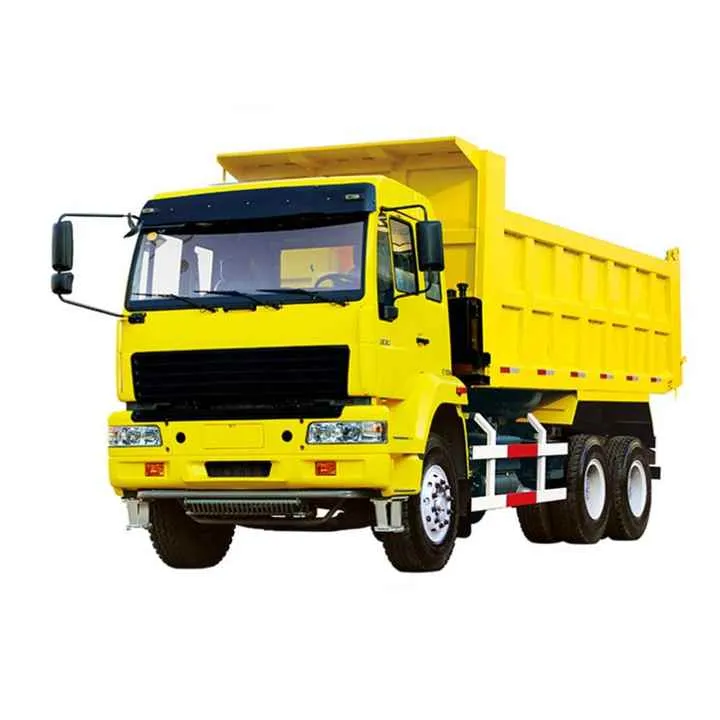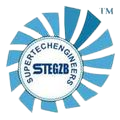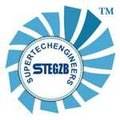Tipper Truck Manufacturer
Supertech Engineers is a leading tipper truck manufacturer, known for producing robust, high-performance vehicles designed to handle heavy-duty tasks with ease. With years of expertise in engineering and a commitment to quality, Supertech Engineers delivers tipper trucks that are built to withstand the toughest conditions, ensuring efficiency and reliability for industries like construction, mining, and transportation. Each truck is designed with advanced technology, superior materials, and customizations to meet specific business needs, making Supertech Engineers the go-to choice for businesses looking to invest in durable, high-quality tipper trucks.

Tipper Truck Manufacturer
In order to cater to the ever-changing requirements of clients, we are presenting a wide assortment of Tipper Truck in the market. The offered products are widely used in various industries for different applications. Fabricated using the high-grade raw material, the Truck is durable, high in performance and low in maintenance.
Features:
- Lower weight with higher payloads
- Low maintenance
- Rigid construction to last long
- Higher stability design
- Best in Class Aesthetic finish
Types of Tipper Trucks
Tipper trucks come in various types, each designed for specific tasks and industries. Below are some common types:
Standard Tipper Truck – The most common type, designed for general-purpose use. These trucks are equipped with a hydraulic lift system that tilts the bed to unload materials quickly. They are widely used in construction, mining, and infrastructure projects.
Semi-Tipper Truck – A combination of a tipper and a tractor unit, allowing for higher payloads and increased versatility. Semi-tippers are used in larger projects where heavy-duty transportation of materials is required.
Side Tipper Truck – This truck has a hydraulic system that tilts the body to the side rather than the rear. Side tippers are often used for unloading materials in narrow or tight spaces where rear unloading may not be practical.
Rear Tipper Truck- This is the classic design, where the truck bed tilts backward for unloading. It is ideal for bulk materials such as sand, gravel, and construction debris and is the most commonly used type in the construction industry.
Articulated Tipper Truck – These trucks consist of a separate cab and tipper body, connected by a pivoting joint. The articulation allows for greater maneuverability and is used in mining and large-scale construction projects.
Twin Axle Tipper Truck – Featuring two axles on the rear, twin-axle tippers are known for handling heavier payloads and providing better stability. They are often used for carrying materials such as aggregate, sand, or soil.
Multi-Axle Tipper Truck – Designed to carry heavier and larger loads, multi-axle tipper trucks have more than two axles. These are typically used for very heavy-duty tasks like transporting mining materials and large quantities of construction waste.
Mini Tipper Truck – A smaller version of a tipper truck, ideal for urban and residential areas where space is limited. These trucks are often used for light construction and landscaping jobs, where smaller payloads are needed.
Each type of tipper truck is designed to suit specific operational needs, providing flexibility in transporting materials across various industries.
Benefits of Tipper Trucks
Increased Efficiency – Tipper trucks are designed to unload materials quickly and efficiently, reducing the time required for manual labor. Their hydraulic lifting mechanism allows the bed to tilt, making material unloading faster, which increases productivity on job sites.
Heavy-Duty Capacity – Tipper trucks can carry heavy loads, making them ideal for transporting construction materials, mining debris, sand, gravel, and waste. This capacity allows businesses to move large quantities of materials in a single trip, saving time and fuel costs.
Versatility – With various types of tipper trucks available, businesses can choose the one that best suits their needs. Whether it’s a rear, side, or articulated tipper, these trucks are versatile and adaptable for various industries, including construction, mining, and logistics.
Cost-Effective – By reducing the need for manual labor in unloading and optimizing the speed of transportation, tipper trucks help businesses cut down on labor costs and improve overall cost-efficiency. Their durability and long lifespan also make them a cost-effective investment in the long run.
Enhanced Maneuverability – Many modern tipper trucks, particularly articulated and side tipper models, offer enhanced maneuverability in tight spaces. This makes them ideal for urban construction sites or projects that require precise handling and unloading in narrow areas.
Durability and Reliability – Built to withstand tough environments, tipper trucks are designed with high-quality materials to ensure they are durable and reliable in challenging conditions. Whether working in extreme heat, cold, or rough terrain, these trucks can handle it all.
Improved Safety – The hydraulic lifting and tilting mechanisms are operated with minimal human intervention, reducing the risk of injury. Additionally, many tipper trucks are equipped with advanced safety features, such as reinforced structures, to ensure operator and site safety.
Environmentally Friendly – Many modern tipper trucks are equipped with efficient engines that help reduce fuel consumption and emissions. This is a significant benefit for companies looking to reduce their environmental impact while transporting heavy materials.
Customization Options – Tipper trucks can often be customized to meet the specific needs of businesses, including size, load capacity, and the type of tipping mechanism. This allows businesses to tailor the truck to their particular operational requirements, further improving efficiency.
Better Load Distribution – The design of tipper trucks ensures that materials are evenly distributed during transportation, reducing the risk of imbalanced loads that can affect the truck’s stability and handling. This contributes to safer operations and reduces wear and tear on the vehicle.


